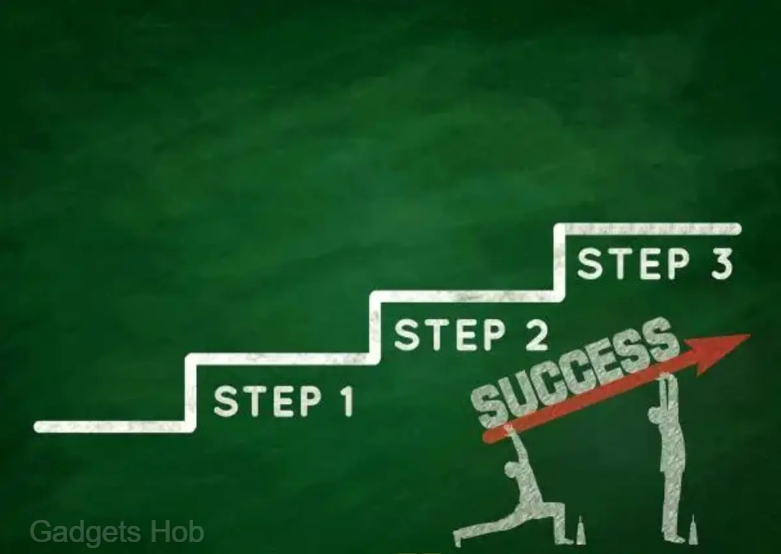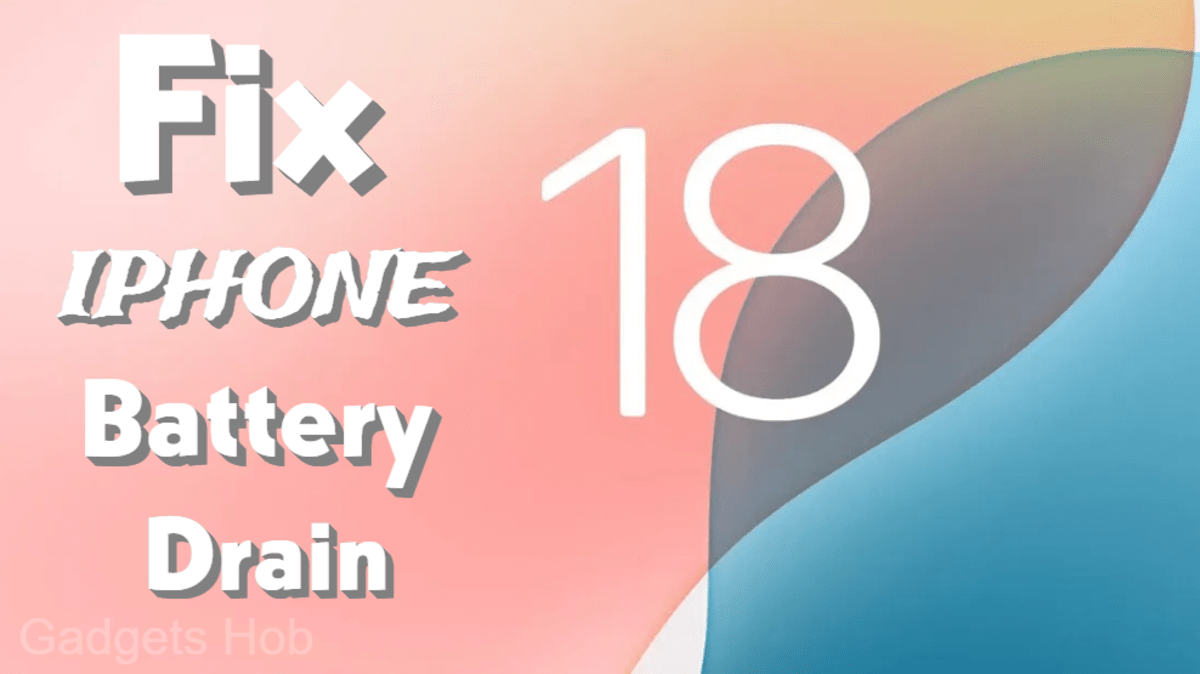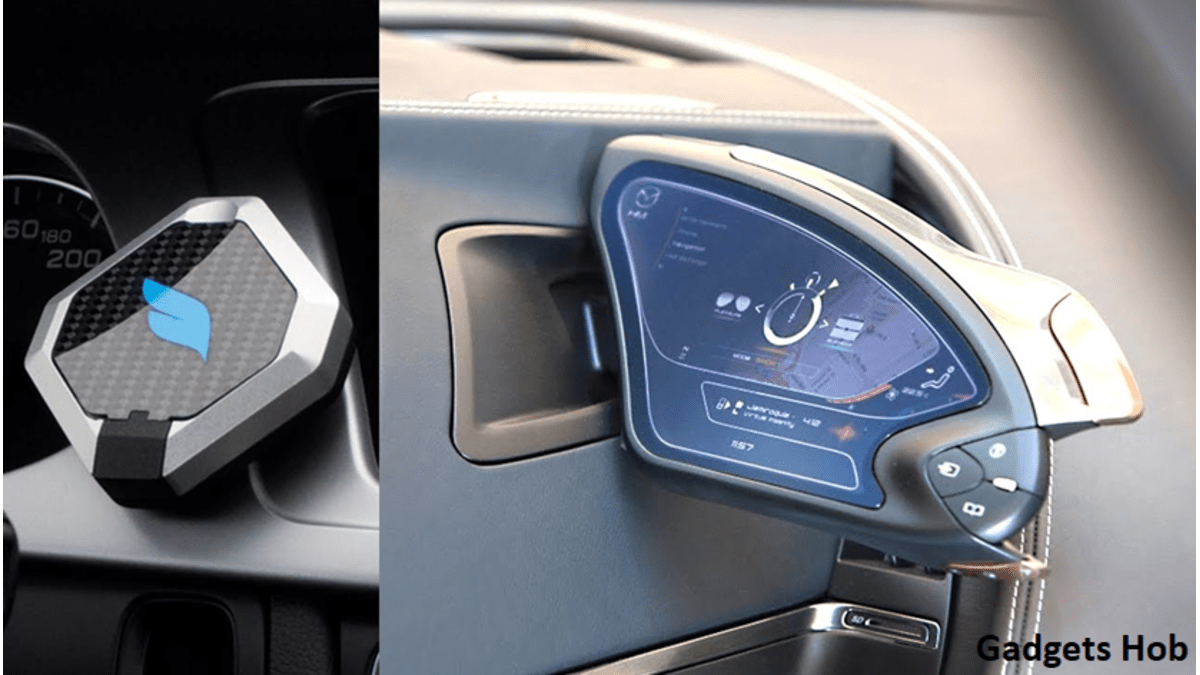In the field of application development, multiple terminology frequently become intermingled, particularly when referring to an initial release. Some of the terminology used are Minimum Viable Product (MVP), Release Early – Release Often, Version 1.0, Alpha Release, Beta Release, Proof of Concept (PoC), Prototype, and Lean Development. While these concepts have some similarities, they are not identical, and recognizing their differences is critical for successful application development. Despite the uncertainty that can develop, the objective is to ensure that everyone involved in the project understands the intent and purpose of the first release.
Recognizing the Objective of Your Initial Publication
It’s important to define the main purpose of the release before getting into the intricacies of what features and functionalities will be included in your initial application release. Your development process will be guided by this clarity, which will also enable you to make wise judgments.
For example, you may be working on a Proof of Concept (PoC) or a non-functional prototype if your objective is to produce something that can be shown to possible investors for extra money. These prototypes are meant to show the feasibility of a concept or technology, not to provide a perfect user experience.
Alternatively, if your first release is intended to be shared with a small group of users to solicit input on its viability and usefulness, a working but unpolished application may suffice. In this scenario, the focus is on gathering user input rather than dazzling with a slick design.
In other circumstances, the primary purpose may be to demonstrate that the underlying technology can really be created. Here, a Proof of Concept would be the best method.
However, if your first release is aimed at the general public, potentially with the intention of monetizing it from the start, the stakes are higher. A more polished user interface (UI) becomes crucial, as first impressions are vital. You’ll need to ensure that the application offers enough functionality to engage users and encourage regular use. In such scenarios, you are likely looking at building either a Version 1.0 or an MVP.
The Challenge of the First Release
Assume you are in the process of creating an application that will be made available to the public, either regionally or nationwide. Your goal is to build a user base and possibly even begin monetizing the program right away. This initial public release is commonly referred to as Version 1.0 of your application.
If you have an unlimited budget and are sure in your knowledge of your target audience’s needs, your approach may appear simple. You can create a complete specification that includes all of the intriguing features you feel users would like. However, this scenario is uncommon.
Predicting user preferences is actually quite unpredictable. You might neglect features you think will be popular, and users might ask for features you hadn’t thought about. The risk is in investing time and money into features that you know will never appeal to your target market.
The majority of development initiatives begin with a reasonable understanding of the needs of the user and work within budgetary restrictions. Under these circumstances, it makes sense to think about creating a Minimum Viable Product (MVP) for version 1.0 of your application. Throughout the development process, you should base your decisions heavily on the concepts of “Minimum” and “Viable.”
What exactly is a minimum viable product (MVP)?
The concept of a Minimum Viable Product (MVP) is fundamental in software development, yet it is frequently misinterpreted or misused. An MVP can take several forms, including a prototype or proof of concept that is designed to illustrate an application’s potential to a small audience. However, the fundamental core of an MVP is its balance of minimalism and viability.
An MVP is the lowest set of features that you believe are required for your intended users to deem the program viable—meaning helpful and appealing. It’s easy to get carried away with the endless possibilities that software development provides, layering feature after feature. However, each extra feature needs time and money, resulting in increasing expenses.
Therefore, the challenge is to resist the want to incorporate every “cool” feature that occurs to mind and instead concentrate on the key elements that are necessary for functionality. Keep in mind that the things you find appealing might not be useful to the final user. It can wind up being a waste of time and money to invest in these features.
Finding the ideal balance is essential. Your software shouldn’t be so basic that customers can’t locate all the functionality they need. It must have the characteristics that improve usability and offer a positive user experience in addition to the functionality required for users to accomplish their intended goals. The secret to creating a successful MVP is to minimize features while maintaining the application’s viability.
Key Considerations for an MVP
Design plays a critical role in the success of an MVP. The look and feel of an application can be nearly as important as its functionality. A well-designed user experience (UX) and user interface (UI) can significantly enhance the application’s appeal without necessarily inflating the project budget. Investing time in the design phase is worthwhile to ensure that the application is visually attractive and easy to use.
Accepting Upcoming Releases
When defining your MVP, one of the most crucial things to keep in mind is that there will always be updates. An MVP helps you to bring your application to market fast and at a cheaper cost compared to a fully-featured development. But it doesn’t restrict you to just one release. The concept is to “Release Early, Release Often,” on the other hand.
By focusing the initial release on important functionality, you offer the chance to expand your program based on user feedback. This strategy is consistent with the concepts of Lean Development, which stress reducing waste by avoiding the development of features that users do not value. Allowing users to direct your development guarantees that your application is relevant and valuable, which helps to attract and retain users.
Getting your application in front of people early can also reveal unanticipated ways in which they may use it. While these unexpected challenges may appear to be difficult, they can also bring great opportunities. Users frequently come up with unique ways to use apps, and being open to these possibilities can lead to new opportunities for growth and improvement.
Conclusion
The process of creating an application is a thrilling adventure full of opportunities. You can construct almost anything you can think of with software. But with so many avenues for creativity, it’s simple to get carried away and wind up adding features that aren’t really necessary for the main function of the program.
Focus on developing a strong, core set of features that will enable your application to be profitable right away in order to steer clear of these problems. A competent development team may provide insightful advice on which features should be prioritized and which should wait for later versions.
The fate of your application and its initial release ultimately lies with you. How will your MVP appear?



